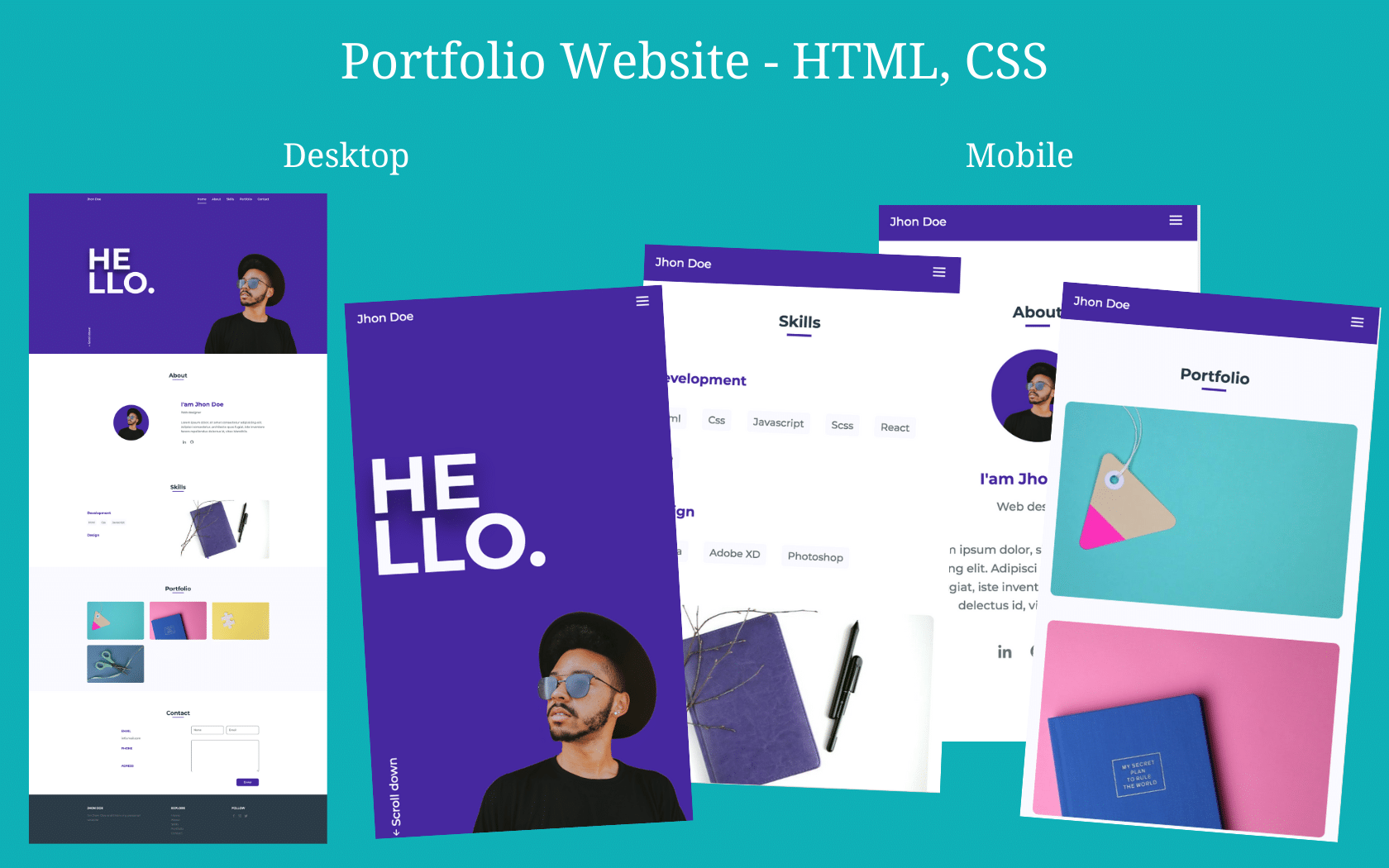Template-based websites have become increasingly popular in recent years, offering businesses and individuals a cost-effective and efficient way to establish an online presence. As of 2025, it’s estimated that 60% of websites are built using templates, reflecting the ongoing demand for high-quality design solutions.
Website templates are pre-designed frameworks that are accessible to everyone making it easy to create a website. Many small businesses who can’t afford to hire a professional developer to create their website will definitely benefit from the templates available on the web. Even in this case sometimes you need a person who can understand some of the technical aspects of putting together the template and understanding how things work.
In this article, we’ll outline the primary advantages and drawbacks of employing templates in website design. This will aid in making an informed decision on whether to utilize a template for designing your company’s website.

When to Utilize the Website Templates
Before continuing, let’s examine several situations where it will be beneficial to use the templates for the website design.
1. Low Budget
Since custom website development can be costly, website design templates are an excellent option when money is tight. Because it eliminates the need to hire qualified designers and website developers for both website design and development, using templates is a less expensive option.
It helps you create a beautiful website that is both completely functional and aesthetically pleasing without going over your budget.
2. No Complex Conditions
If your website doesn’t require advanced functionalities like complex databases, user portals, or dynamic interactions, then a template can work perfectly.
Example:
A small business selling a handful of products may opt for a Shopify or WooCommerce template instead of building a full-fledged e-commerce platform from scratch.
3. Tight Deadlines
Website templates are ready-to-use resources that can significantly speed up the planning and development of a website. To begin, just add the images and information of your choice.
They turn into the ideal choice for groups with little time. By using templates for website creation, you can publish your website sooner than you had planned because it takes less time to build from scratch.Explore several templates carefully and select the one that best suits your project’s requirements while staying within your budget.
These are probably the most common reasons why many people and startup projects choose to build their website using a ready-to-go templates from different providers. Now let’s explore some more and dive deep into the pros and cons of using a template-based website.
Advantages of Website Templates
Let’s now understand the benefits and drawbacks of leveraging templates in website creation.
1. Get your website up and running quickly
Utilizing website templates speeds up the website launch process. You can avoid building every component of the website from scratch by using pre-existing designs and frameworks.
To save time and effort, just select an appropriate template and modify it to meet your brand and content. This enables you to focus on customizing your website with accurate branding, photos, videos, and content. Because these templates have user-friendly interfaces, you don’t need to have extraordinary technical or creative expertise. Drag-and-drop editors are included for simple editing.
2. Many templates are free or very cheap
Attractive, expert templates are available for free or at reasonable prices from a variety of website builders.
These templates are provided to the community as a free resource by qualified designers and developers. When on a limited budget, using a free template is a great option.
3. Responsiveness
Website design poses responsiveness, which is an important part.
Were you aware that 73.1% of web designers identified non-responsive websites as the primary reason customers abandon a site? That’s why ensuring your website provides a consistent experience across all devices is crucial.
Countless templates exist that seamlessly adjust a website’s layout, content, and functionality across various devices and screen sizes. This eradicates the necessity for users to zoom, pinch, or scroll horizontally through your site’s content.
4. Additional third-party applications
Most templates readily integrate with various third-party applications, providing valuable functionality and features for websites. These applications, available as plugins, extensions, or widgets, offer a diverse array of capabilities.
Leveraging these third-party applications enables website enhancement with eCommerce tools, contact forms, social media integration, image galleries, SEO optimization, analytics tracking, and more.
5. No coding knowledge needed
Using templates removes the requirement for comprehensive coding skills when building the website.
Templates arrive pre-designed and pre-coded, offering an instant structure and layout for your website. They frequently include user-friendly interfaces or intuitive content management systems (CMS) for easy customization without code.
Equipped with an intuitive editor, these templates enable modifications like adjusting colors and fonts, inserting new images and videos, and more, directly via the template’s interface.

Disadvantages of Website Templates
While website templates offer advantages, they also present drawbacks and constraints. Nevertheless, these limitations can be addressed and even transformed into opportunities. Let’s explore three primary constraints encountered in website design templates.
1. Template designs need more work
Using website templates can be limiting due to their lack of unique designs, requiring adjustments to achieve better outcomes.
Because templates are pre-designed and accessible to a broad audience, numerous businesses will likely use the same template, albeit with minor modifications. This can result in a lack of uniqueness for your website, increasing the likelihood of encountering other sites sporting similar or identical designs.
2. Limited (but limitless) template customization
Although templates typically provide customization choices, their flexibility is often constrained. However, this limitation doesn’t restrict other means of editing the website. Templates serve as a starting point, and you can certainly employ third-party tools to further enhance your site’s visuals.
Going beyond the offered customization options in templates might demand advanced coding skills or technical know-how, posing challenges for those without such expertise. This limitation can hinder the creation of a website precisely tailored to meet your unique design preferences and brand specifications.
3. Additional features cost extra
When employing templates for website design, it’s essential to factor in potential additional costs linked to extra features. While many templates are either free or reasonably priced, catering to those with budget constraints, they might come with limited functionalities.
Accessing more advanced features often entails purchasing premium plugins or add-ons separately.
Gaining access to advanced functionalities or additional features might require purchasing premium templates or investing in add-ons and plugins. These could encompass advanced sliders, eCommerce integrations, custom forms, membership systems, or specialized widgets, among others.
4. Integration can be difficult or impossible to implement
Templates, with their specific design structures and coding conventions, can present challenges when integrating third-party applications, complex functionalities, or custom solutions into your website. Not all external integrations or functionalities seamlessly align with your template’s framework.
At times, the template’s design or code might not sync smoothly with the desired integration, creating hurdles or rendering certain features difficult or impossible to implement seamlessly.
5. Lack of support
Free templates often don’t offer the same support as their premium counterparts from providers.
Securing dependable support can prove challenging if you encounter issues or require assistance with customization or troubleshooting. The absence of this support can prolong issue resolution, affect your website’s functionality, and impede the overall development progress.
Examples of Template-Based Website Platforms
- Wix: Offers a wide range of customizable templates suitable for various industries.
- Squarespace: Known for its elegant and modern templates, ideal for creatives and businesses.
- WordPress: Provides thousands of free and premium templates (themes) catering to diverse needs.
Read also: 6 Best AI Website Builders for 2025

